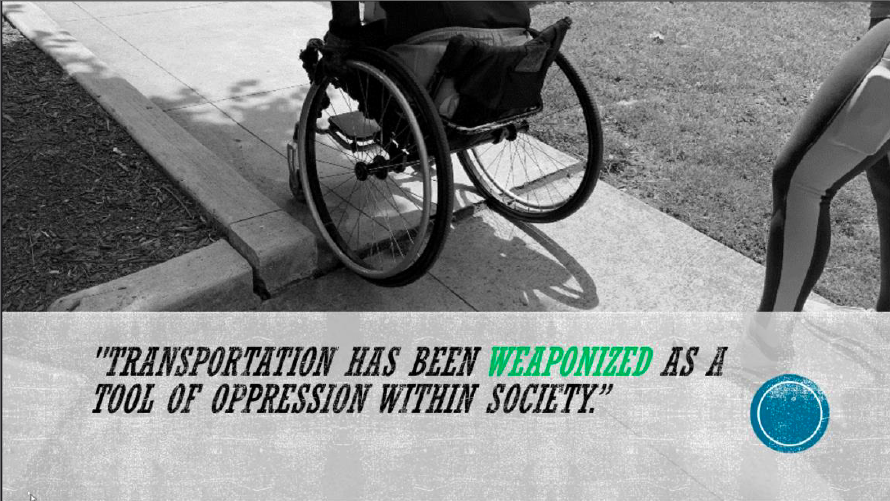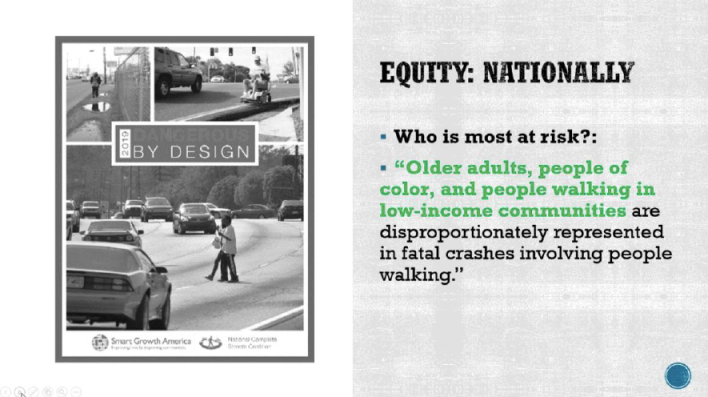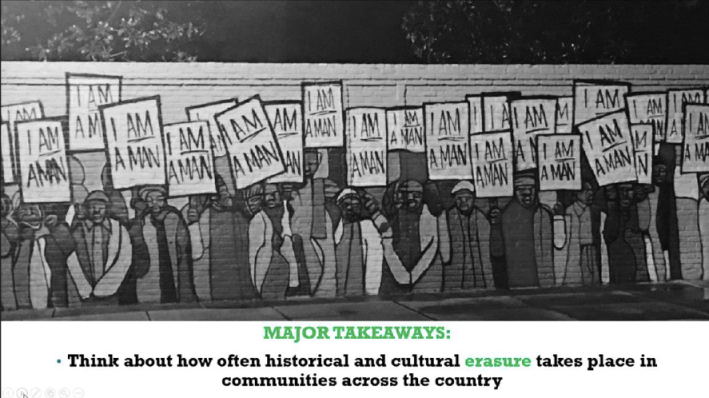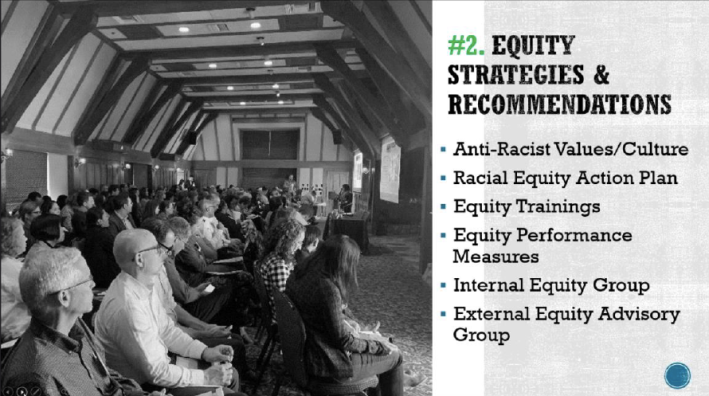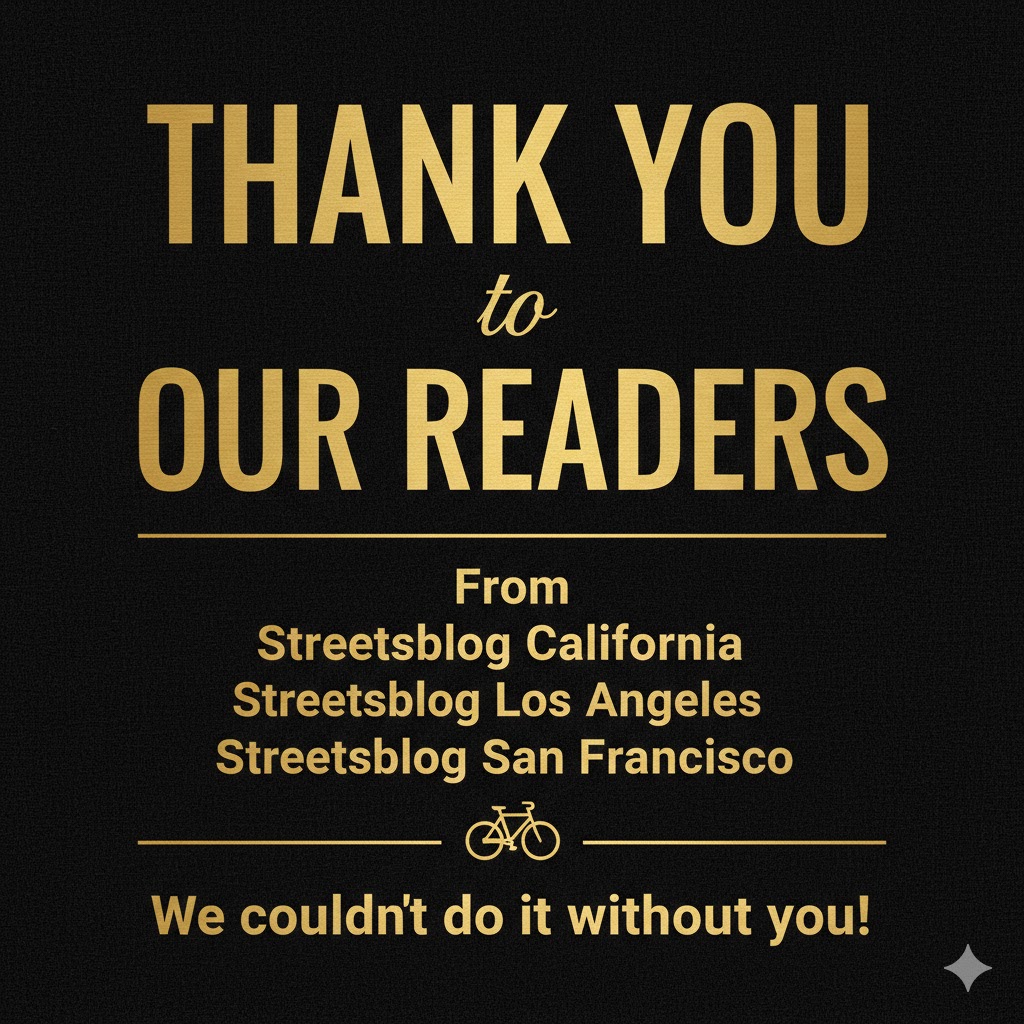Note: GJEL Accident Attorneys regularly sponsors coverage on Streetsblog San Francisco and Streetsblog California. Unless noted in the story, GJEL Accident Attorneys is not consulted for the content or editorial direction of the sponsored content.
At its monthly meeting yesterday, the California Transportation Commission quickly passed an update to the State Highway Operations and Protection Program, approving the remainder of a $100 million set-aside for adding complete streets elements to ongoing highway projects.
It was a quick agenda item, with little discussion, in contrast to last month's meeting, where the same issue got stuck on a question of protocol and caused a bit of a ruckus. Yesterday it was a straightforward question of approving Caltrans' request to reschedule projects on the SHOPP list, to the tune of $58 million, in addition to the $42 million in changes it already approved.
Note that this "reservation" of funds is a set-aside for Caltrans to plan and add things like crosswalks, signals, and bike lanes to projects they are already working on on state highways. What those projects will be has not yet been worked out. Advocacy organizations, including CalBike and California Walks, have done a lot of work to analyze how many state highways run through populated areas and are sometimes residential streets, and on which complete streets elements are needed.
The idea of adding pedestrian safety elements, for example, have been dismissed in the past because Caltrans controls these highways and Caltrans, until recently, was not a department that concerned itself with any one who isn't in a car.
Caltrans is changing. A hint of that was heard at yesterday's meeting in comments by Caltrans director Toks Omishakin, who pointed out that "two to three people die every day walking and biking in this state."
"This has to change," he said.
"The $100 million [complete streets reservation] is just a commitment to fixing things midstream," he said. "But this has to be a standard way we do business" going forward. That is, the safety of people walking and biking and taking transit must be automatically considered in all Caltrans projects in the future. "I look forward to our growth in this area," said Omishakin. "We have made great strides, but we have a lot more work to do."
But the most interesting part of yesterday's CTC meeting - "interesting" and "CTC meeting" not usually being paired in this way - was a presentation and subsequent discussion of equity in transportation.
The topic would have been a startling addition to the CTC's agenda, if the rest of the nation were not currently convulsing because of long-standing disregard of the urgent need to address equity, justice, and racist structures in every realm of life. The CTC, like every government institution and private corporation, feels the need to publicly acknowledge what is happening.
The presentation was by Charles T. Brown, a researcher and professor who works on the intersections of transportation, health, and equity. He proffered important information, although none of it was new. It's of value to see this data discussed in high-level public forums, as was done yesterday, but the fact that certain people are more vulnerable than others to risk of injury and death from traffic violence needs to be have been made a baseline consideration long ago.
Whereas the CTC and state government have brushed aside previous attempts to bring these issues forward, current events are forcing them to pay attention, and talk about them.
It remains to be seen how these discussions will change future decision-making.
"Transportation has been weaponized as a tool of oppression," Brown reminded the commissioners, as seen in who has access to transportation and who doesn't, how we fund transportation, what we fund, and how we design and build infrastructure. Researchers and public figures - including former USDOT chief Anthony Foxx - have pointed out repeatedly how highways were designed and built in part to break apart communities of Black and brown people, in order to serve wealthier white areas with faster travel through these "troublesome' neighborhoods.
Are designed and built. It is still happening today.
Brown spoke of the dangers faced by pedestrians in California, especially older adults, people of color, and people in low-income neighborhoods, who face a much higher risk of death and injury than the rest of the population. "And this is not just people who live in low-income neighborhoods, but also people passing through the area. So if you think this is just about concern for one group, it's not; you should also be concerned about your own safety," he pointed out.
Planners and decision makers need to begin asking hard questions when they make funding decisions, he said. They need to begin by asking who will have physical access to the street, park, or trail that is being planned - and who does not. They need to look at who feels safe using it, who has influence over the design, planning, and decision-making about infrastructure, and who is missing from those conversations. Who feels wanted, and welcome, on the facilities being built, and who doesn't? And do people feel that their experience and history is represented - or erased, as has been the purpose behind route planning for many highways through cities?
These have not been questions that inform decision making about transportation projects, which instead focus on feasibility, vehicle safety, speed, smooth traffic, costs, and other concerns that leave out people and their needs. A shift will not be simple, but it is necessary. Brown had suggestions for how to start.
The first, most basic step, is for the CTC to go on record with a commitment of becoming an anti-racist organization within its culture, he said. This would be some kind of clear public statement, but by itself it would mean little, even with the very real work needed to define what that would mean.
Brown urged the CTC to consider other actions as well, including:
- Adopting a racial equity action plan, with measurable actions, and reporting on its progress
- Conducting equity-based training for commissioners and for staff
- Developing a series of meaningful performance measures
- Create an internal equity group so these actions become part of the core of the commission's decision-making process
- Create an external advisory group, taking advantage of the expertise of advocacy groups that have weighed in on planning and decision-making at the CTC for many years.
Note that this last is something that advocates tried to convince the CTC to create years ago. When they were rebuffed, they wrote a bill that would require a similar advisory board to bring better, wider public involvement in transportation decisions, but that legislation was strongly opposed by the CTC, the legislature, and former Governor Brown.
In response to a question from Commissioner Lucy Dunn, who asked for data backing up his ideas with a track record of success, Charles Brown cautioned against looking for past successes in solving racist structures. "Many organizations who adopt these strategies don't always do the work to see if they're successful," he said, emphasizing the importance of the CTC holding itself accountable, and of partnering with organizations that are already working with them. "If you were to engage with your California partners, they have access to information; many of them have already been doing this work," he said.
"It may be that you become the best practices case," he said. "You may set the bar."
Commissioner Yvonne Burke pointed out that one of the important areas to look was at CTC staff demographics. "Very few staff members are Black," she said. "Our responsibility is to approve projects that come before us, and the lack of racial sensitivity has had an impact statewide. We need to look to broaden our staffing to include a full range of representation," she said.
CTC Director Mitch Weiss acknowledged that part of the problem is how few Black people they have interviewed for jobs that become available. "We have only interviewed three - and we hired two of them," he said. He suggested that one way they might move forward on that is to reach out to nearby universities to strengthen the pipeline of candidates, and to explain what they do at the CTC.
As for what the CTC is planning to do immediately, they have already formed an internal Equity Group and are planning professional trainings on equity and navigating privilege and power. In addition, they are going to schedule "regional listening sessions, to learn from community members what their issues are," as well as roundtables to discuss and learn about some of these issues.
Chanell Fletcher, director of ClimatePlan, an advocacy group that has been actively engaged with the CTC for many years, pointed out a few hard truths. "To be an antiracist agency," she said, "you have to commit to being antiracist yourself. You also have to think about how this organization has committed racism. You need to look at your own practices and policies."
For example, the CTC at one point had made a move towards hiring an equity consultant, she said, but that effort was pulled back.
Also, she said, "This is my first time hearing about listening sessions, and I've been in frequent touch with staff. Use us as a resource--a lot of us have relationships with communities, and we are here to help. It would have been great to know about these listening sessions before this meeting, and to feel like we were collaborating, rather than being informed in this way about the changes you are proposing to make."
Other commenters pointed out that CTC staff has conducted listening sessions in the past, but there was no reporting back about what was learned at them or what changes would be made in response.
Fletcher made about one more salient point, about a photo Brown used in his presentation. It showed a group of people listening to a speaker at the UCLA Arrowhead Conference, an annual invite-only gathering that aims to bring together a diverse group of thinkers and planners to talk about compelling urban issues. The setting is clearly recognizable because of the distinctive wooden beams over the audience's heads. Commissioner Fran Inman had applauded the use of this photo because, she said, it represented the inclusionary philosophy this discussion was all about.
But.
It's not easy to see who the speaker is in the photo, but the inclusion of that image could be interpreted very differently. Tamika Butler, who served briefly as California Transportation Commissioner, gave a talk at last year's Arrowhead Conference that upset some people, and caused them to push back and try to silence her and other young Black leaders present.
That is the opposite of inclusionary, and hardly a desired outcome. But it is a typical, if depressing, reaction when people are confronted with their personal responsibility vis a vis racism.
"Black people felt unseen and unheard at that conference," Fletcher told the commissioners. "If you are creating solutions without listening to the people most affected by the problems you are trying to address, you won't solve anything," she said.
Brown had another warning for the commission. "Remember," he said. "Trees planted in minority communities mature just in time for gentrification."
